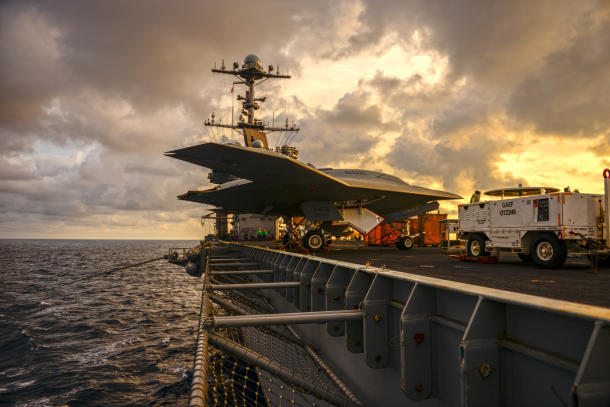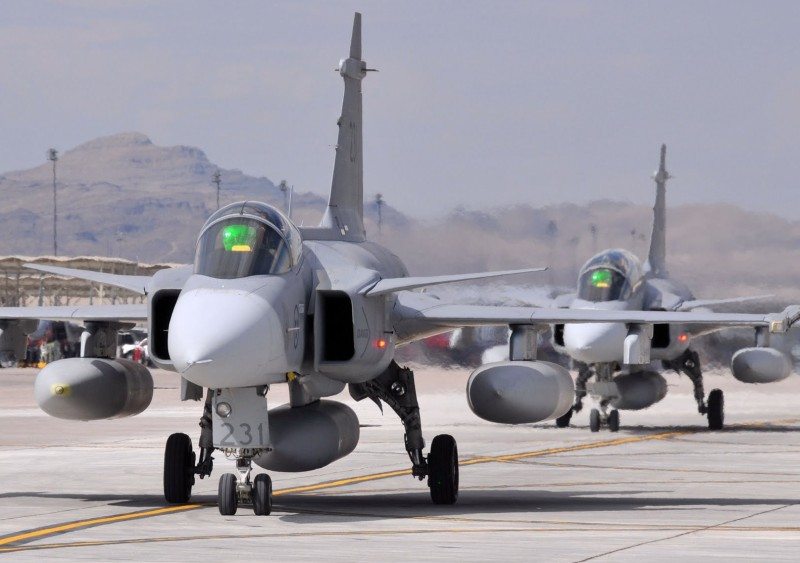In a matter of a few weeks, the U.S. Navy has begun a journey that could well revolutionize airborne operations at sea. On May 8, an unmanned aerial system (UAS) was successfully launched by catapult from the deck of the USS George H.W Bush. The UAS itself, the X-47B built by Northrop Grumman, was developed as part of the Navy’s program to design and test an Unmanned Combat Air System Aircraft Carrier Demonstration (UCAS-D). About a week later, the X-47B demonstrated the ability to “touch and go,” a critical precursor step to an actual carrier landing. The Navy is expected to take this last step sometime this month.
Finally, on June 10, the Navy released a request for proposal (RFP) to four companies for preliminary design studies leading to the development of the Unmanned Carrier Launched Airborne Surveillance and Strike (UCLASS) system. These four companies, General Atomics, Lockheed Martin, Northrop Grumman and Boeing had demonstrated both interest and capability in response to a 2012 Broad Area Announcement. The Navy’s current plan is to conduct a full and open competition sometime in Fiscal Year 2014 leading to a single award for an operational UCLASS to be deployed by 2020.
The key performance parameters set out in this RFP addressed a number of lingering questions about the Navy’s operational concept for a UCLASS. The system’s primarily role will be that of long-range ISR and targeting. According to published documents, the UCLASS system must be able to conduct two unrefueled orbits at 600 nautical miles or one unrefueled orbit at 1200 nautical miles. In addition, the UCLASS must be able to conduct strike missions out to 2,000 nautical miles but only in lightly contested environments. The UCLASS must be able to lift a 3,000 pound payload, primarily sensors but also 1,000 pounds of air-to-surface weapons such as the 500 pound Joint Direct Attack Munitions and the Small Diameter Bomb II. The not-to-exceed price for a UCLASS system capable of conducting a 600 nautical mile persistent orbit shall not exceed $150 million. Not included in this price are items such as sensor packages, weapons, spare parts, training, etc.
Rather than being a leap into the unknown, the performance parameters provided in the UCLASS RFP clearly indicate that the Navy has decided to take a cautious step-by-step approach. The focus on the ISR and light attack missions means the UCLASS does not require high speed, extreme agility or even stealth features. This, in turn, will simplify design and production and, in a time of growing austerity, reduce cost. The UCLASS will fill a significant void in carrier-based long-endurance/long-distance ISR essentially doubling the duration of airborne ISR operations. The limited air-to-ground capability envisioned for the UCLASS means that it will supplement but not replaced the primary strike force of the carrier air wing, today the F/A-18 E/F and, soon, the F-35C.











